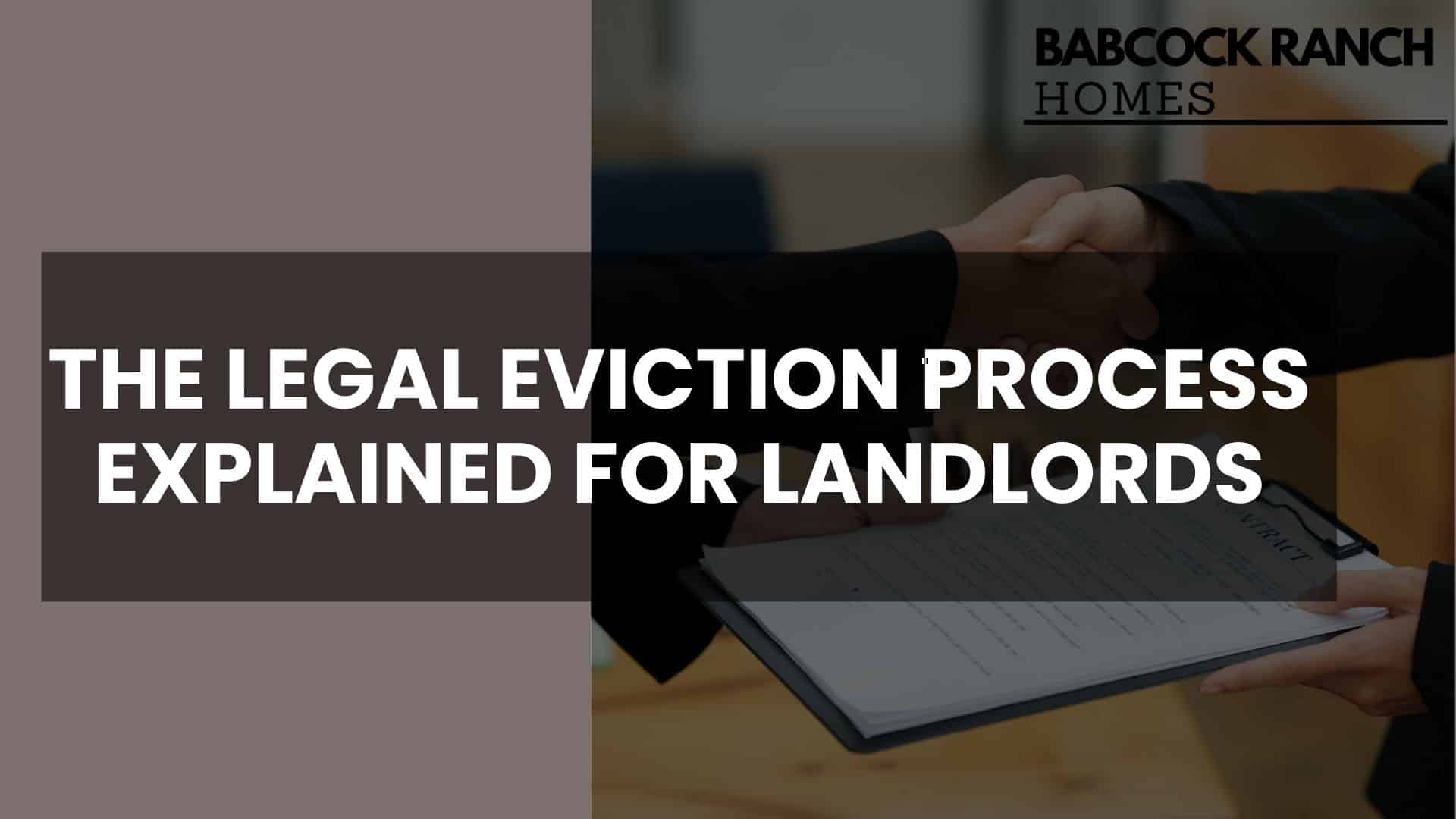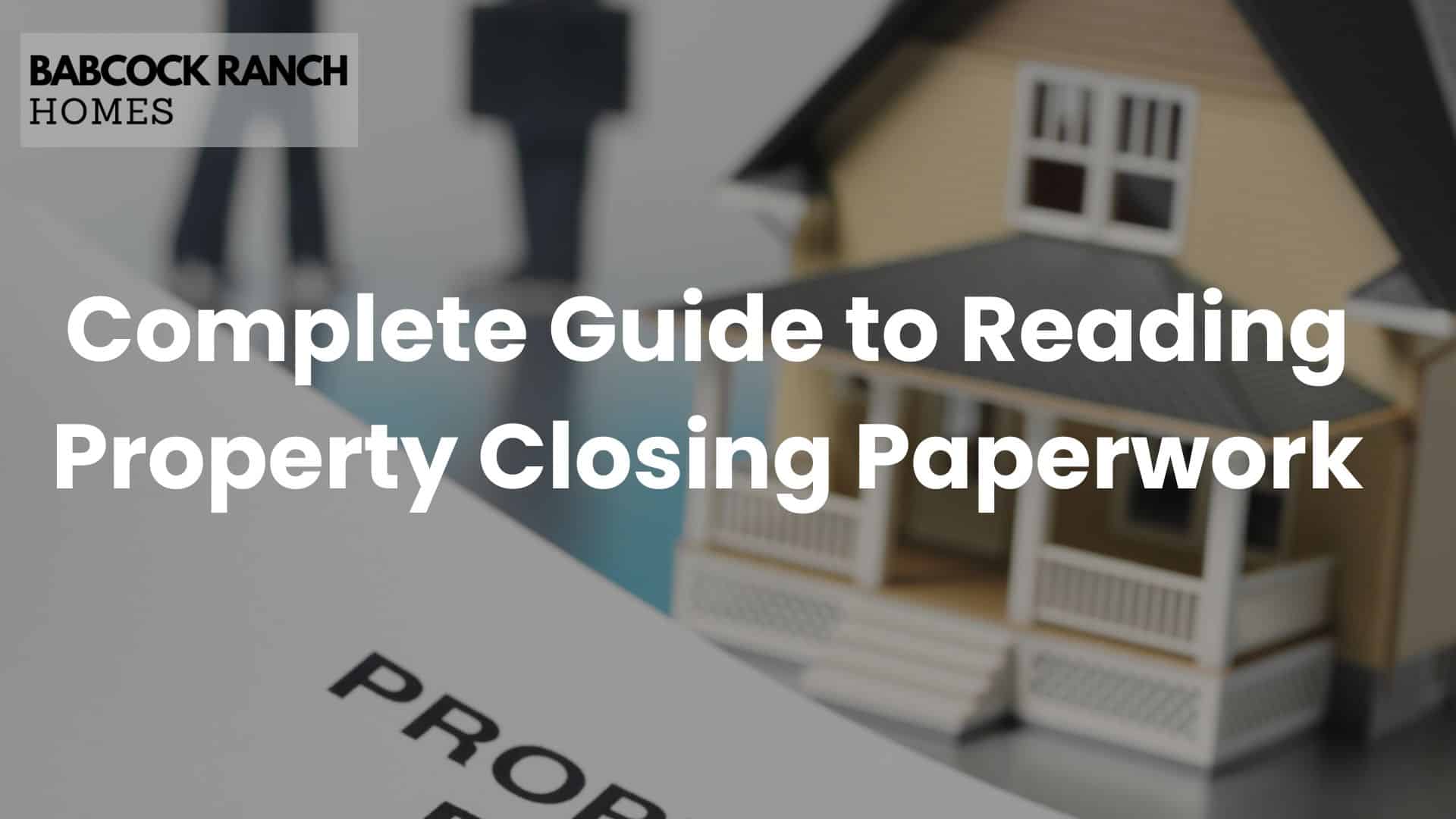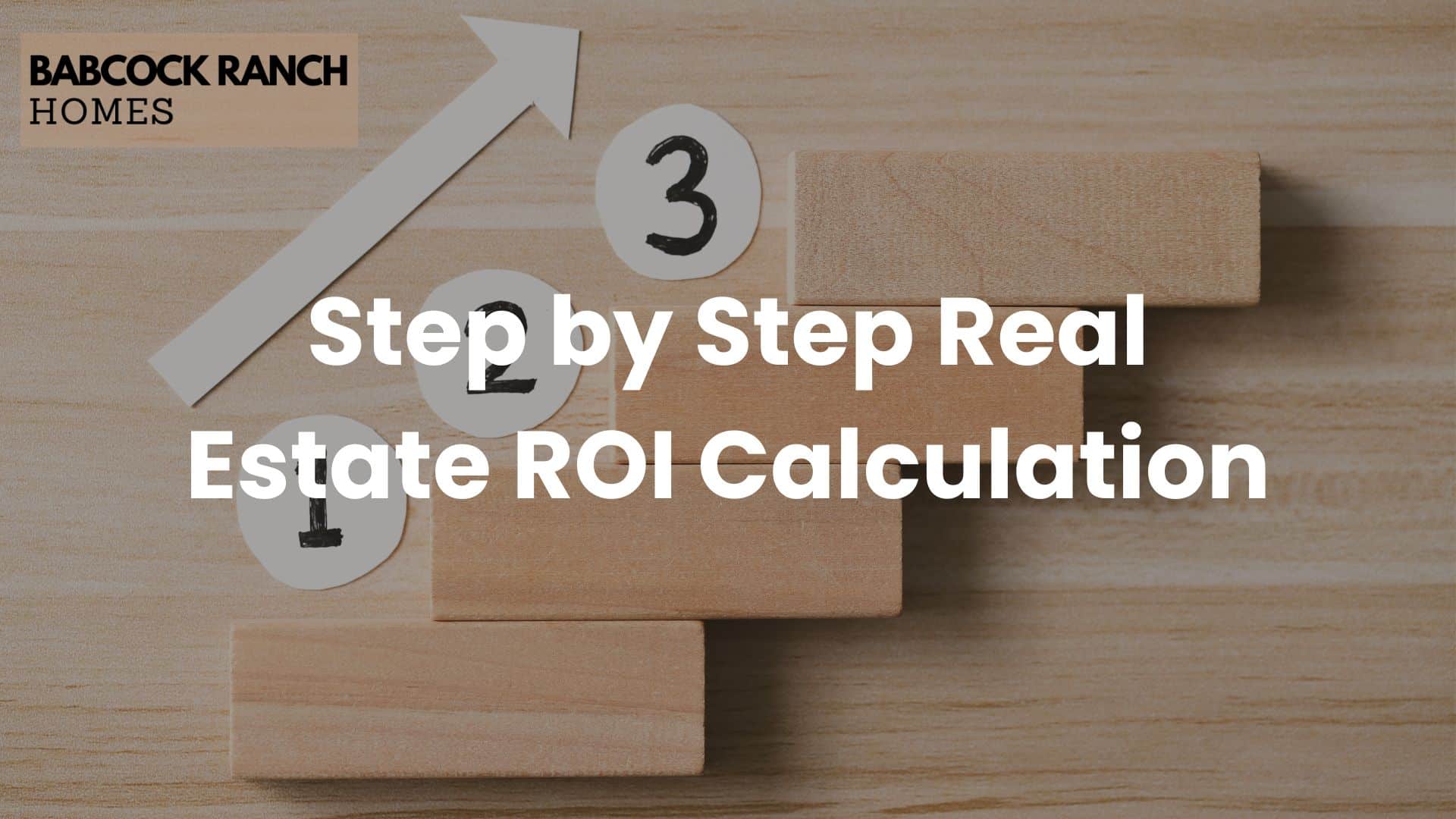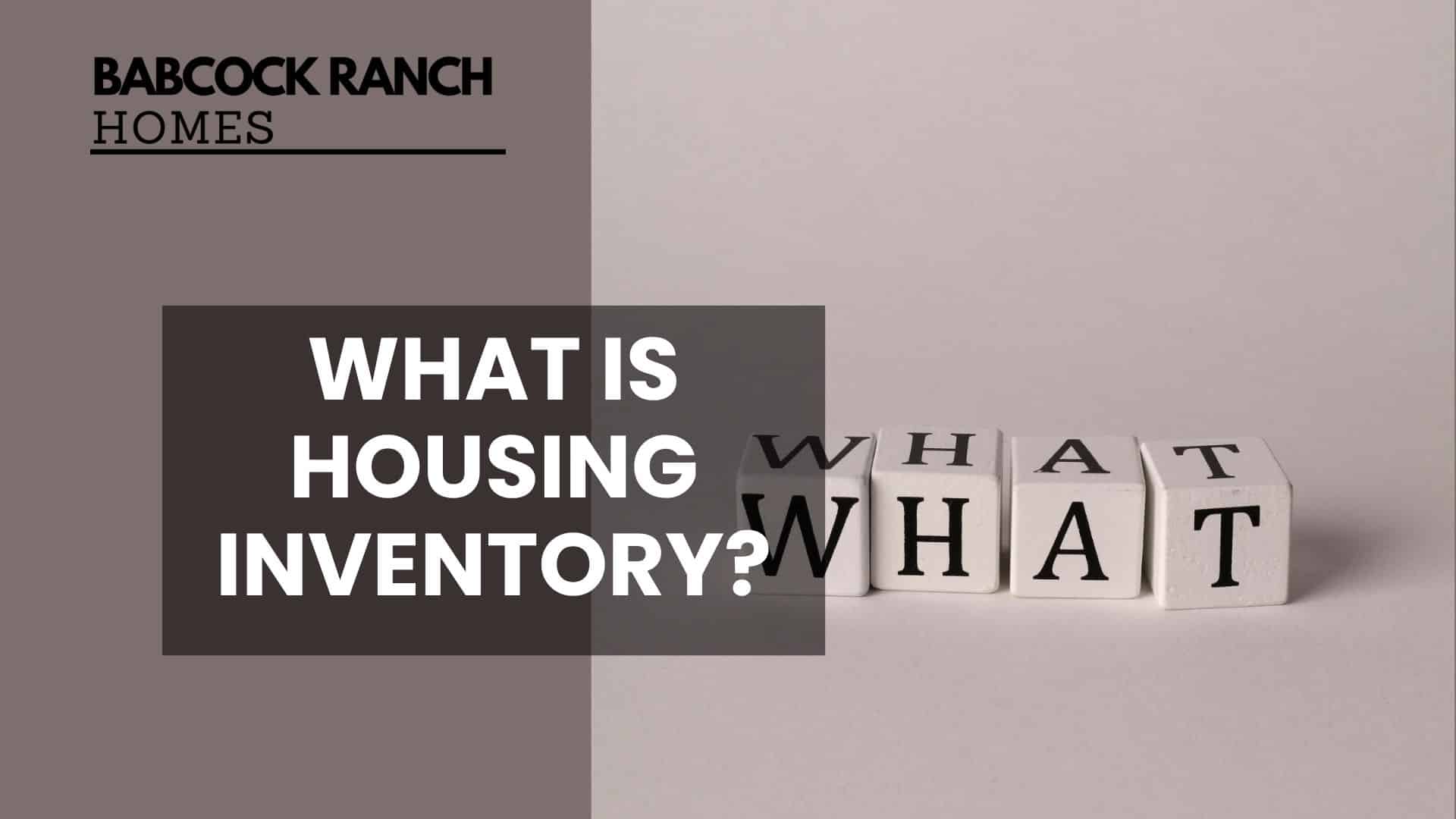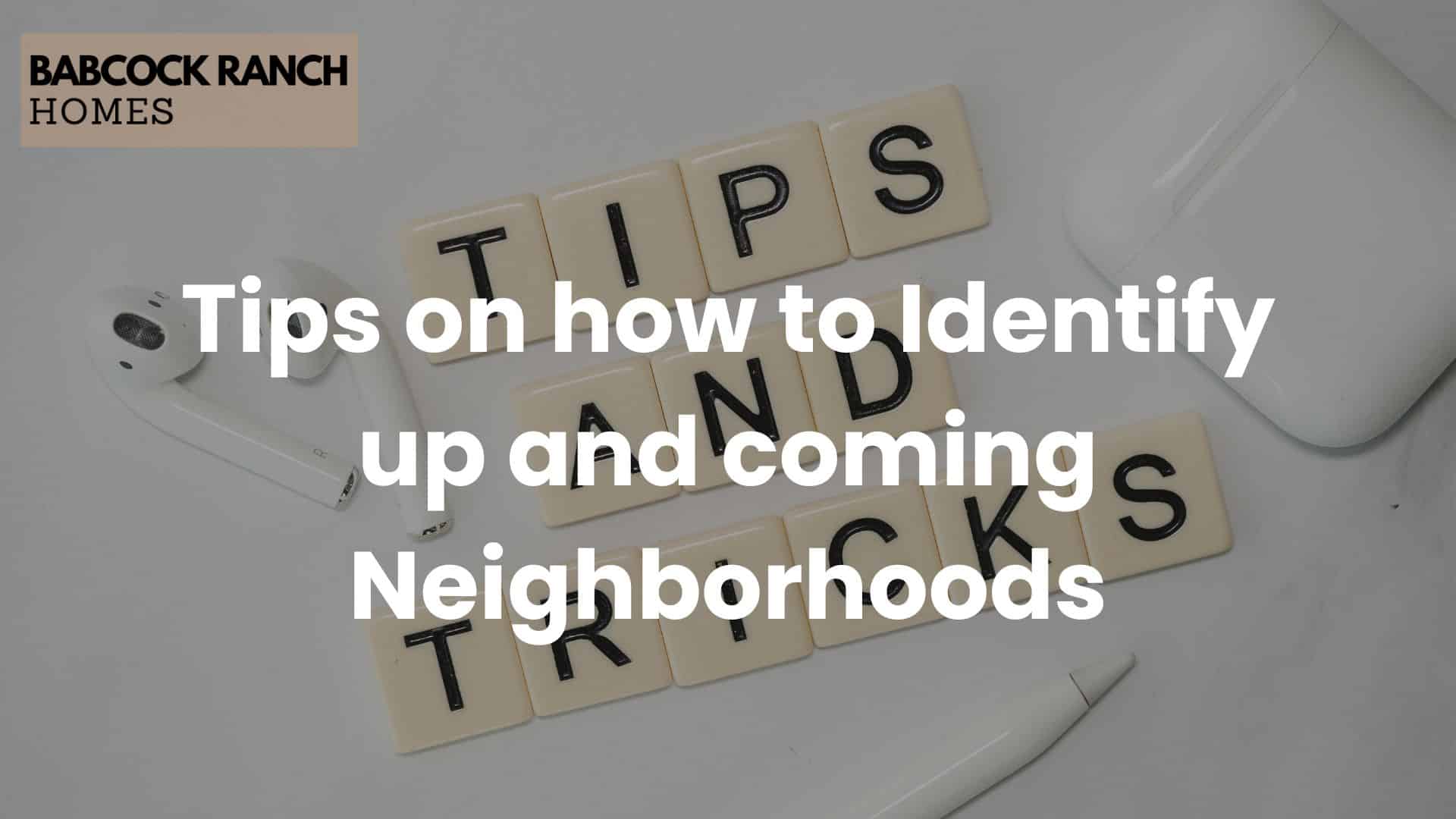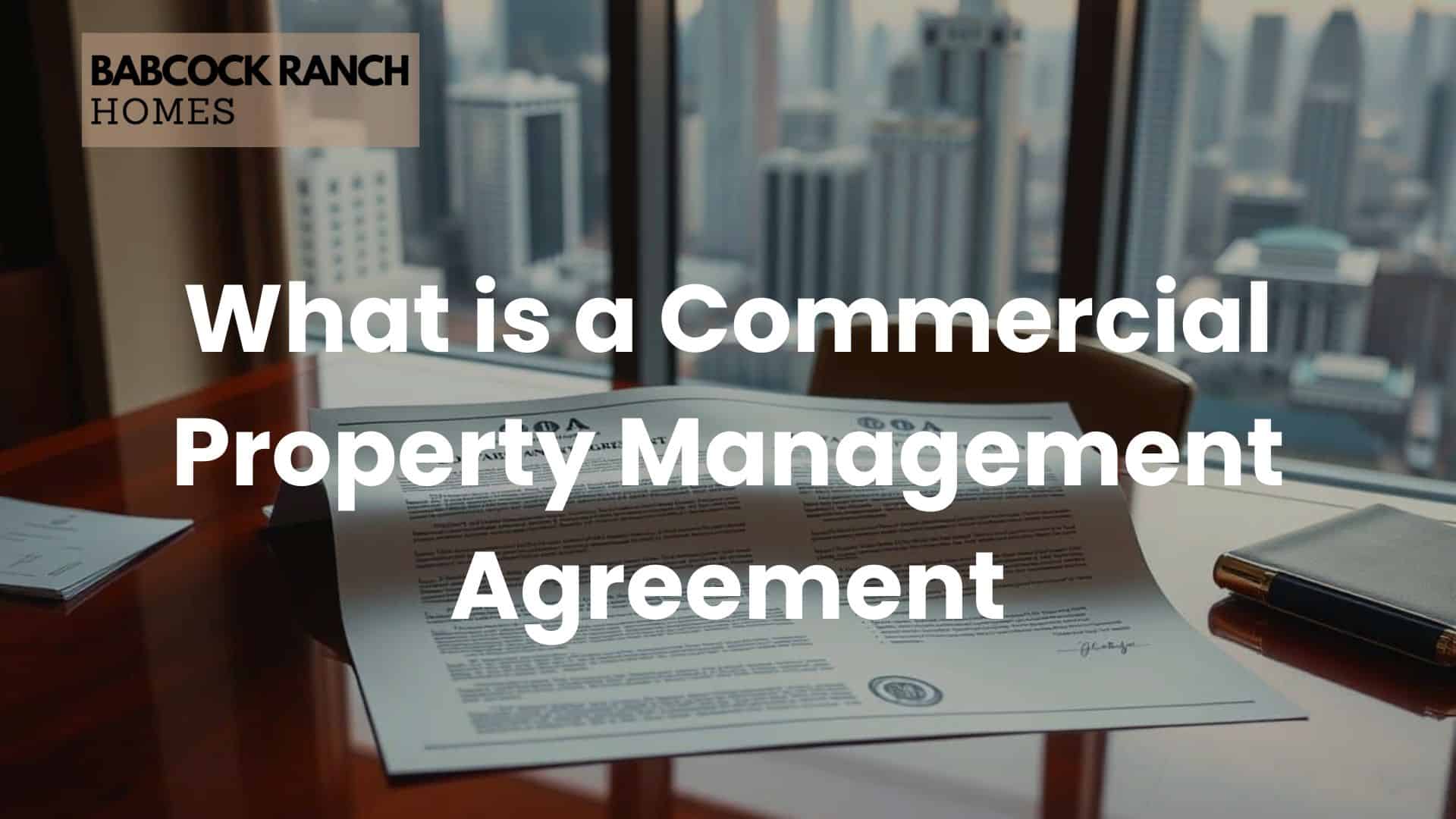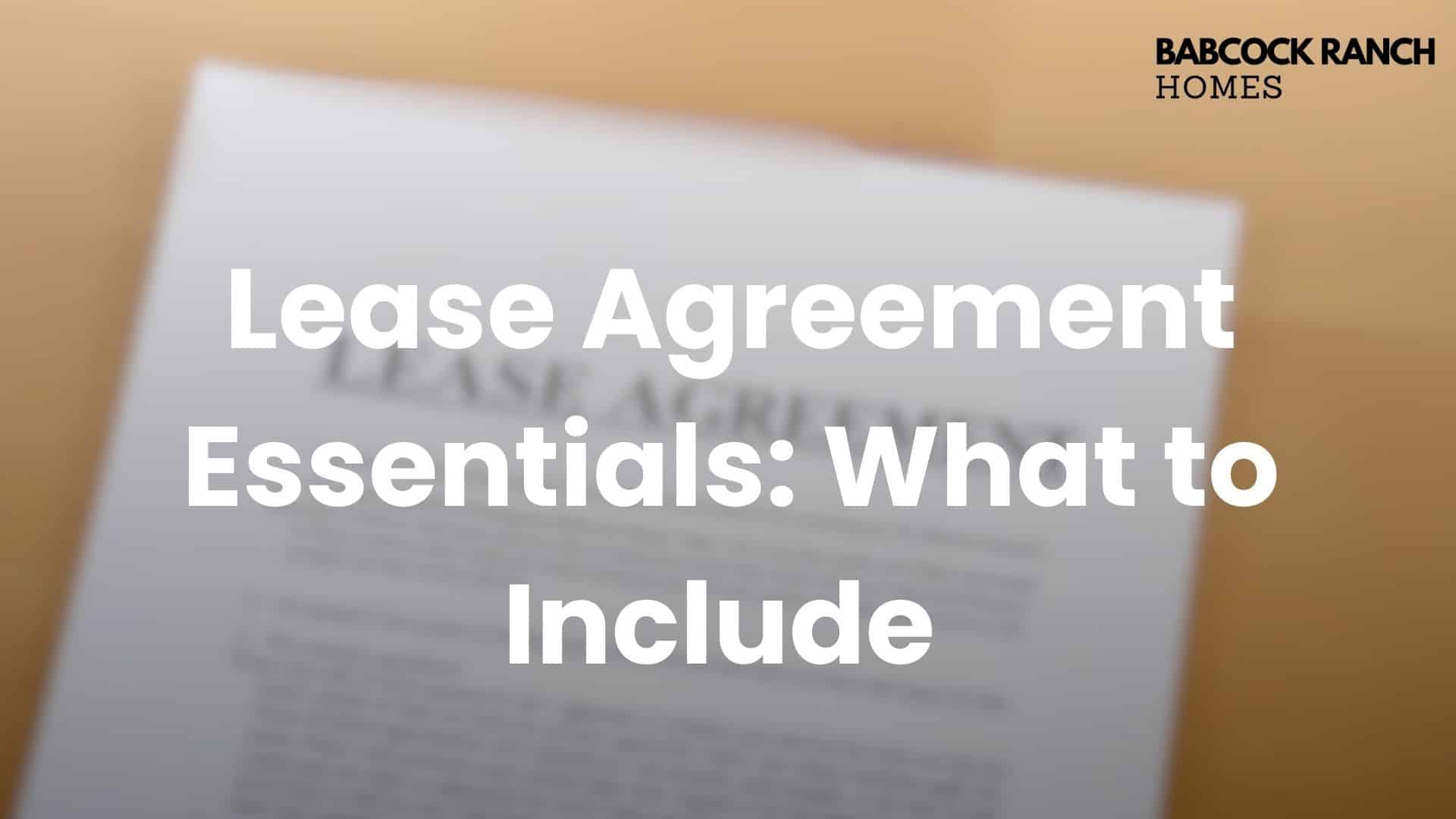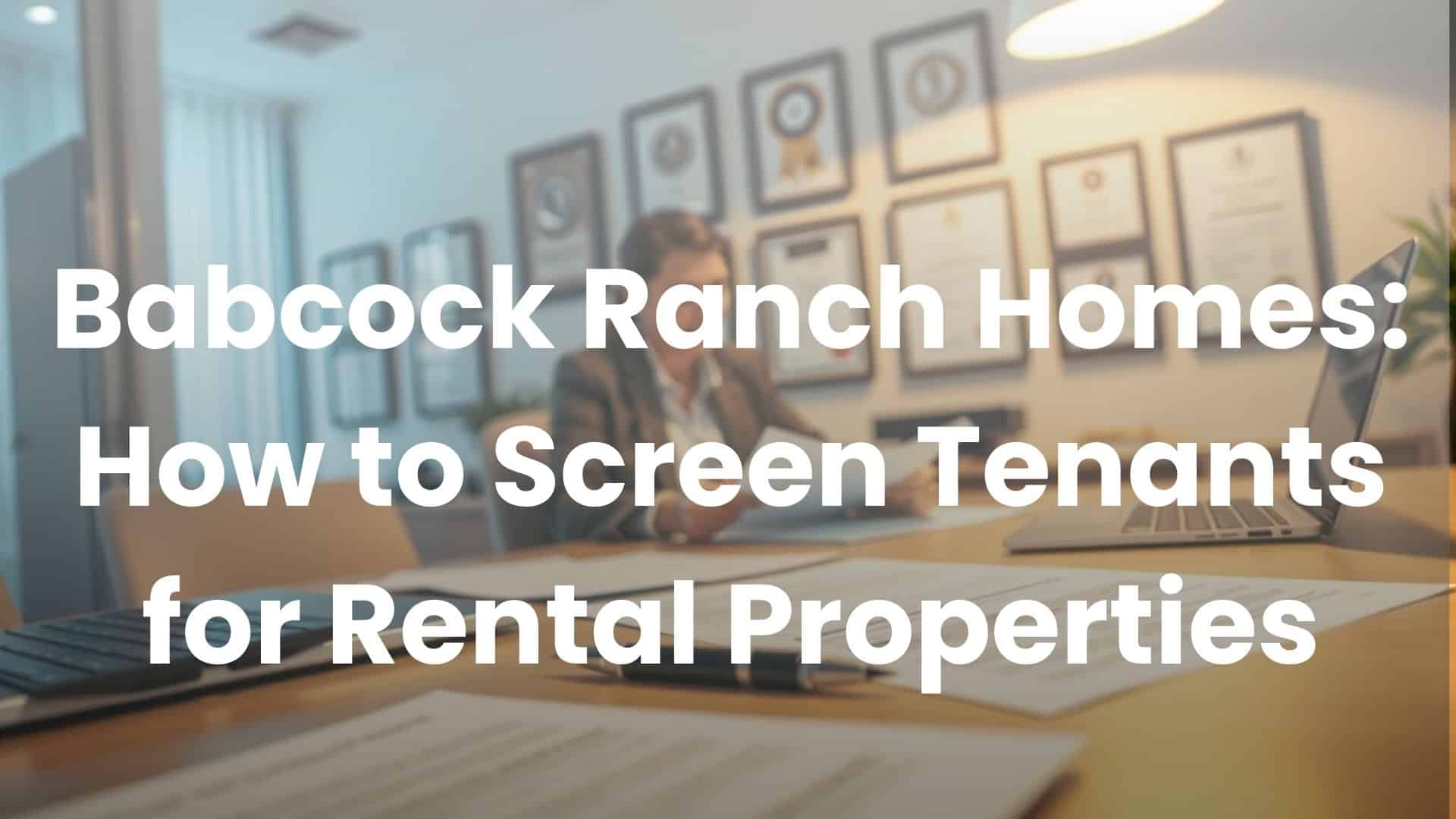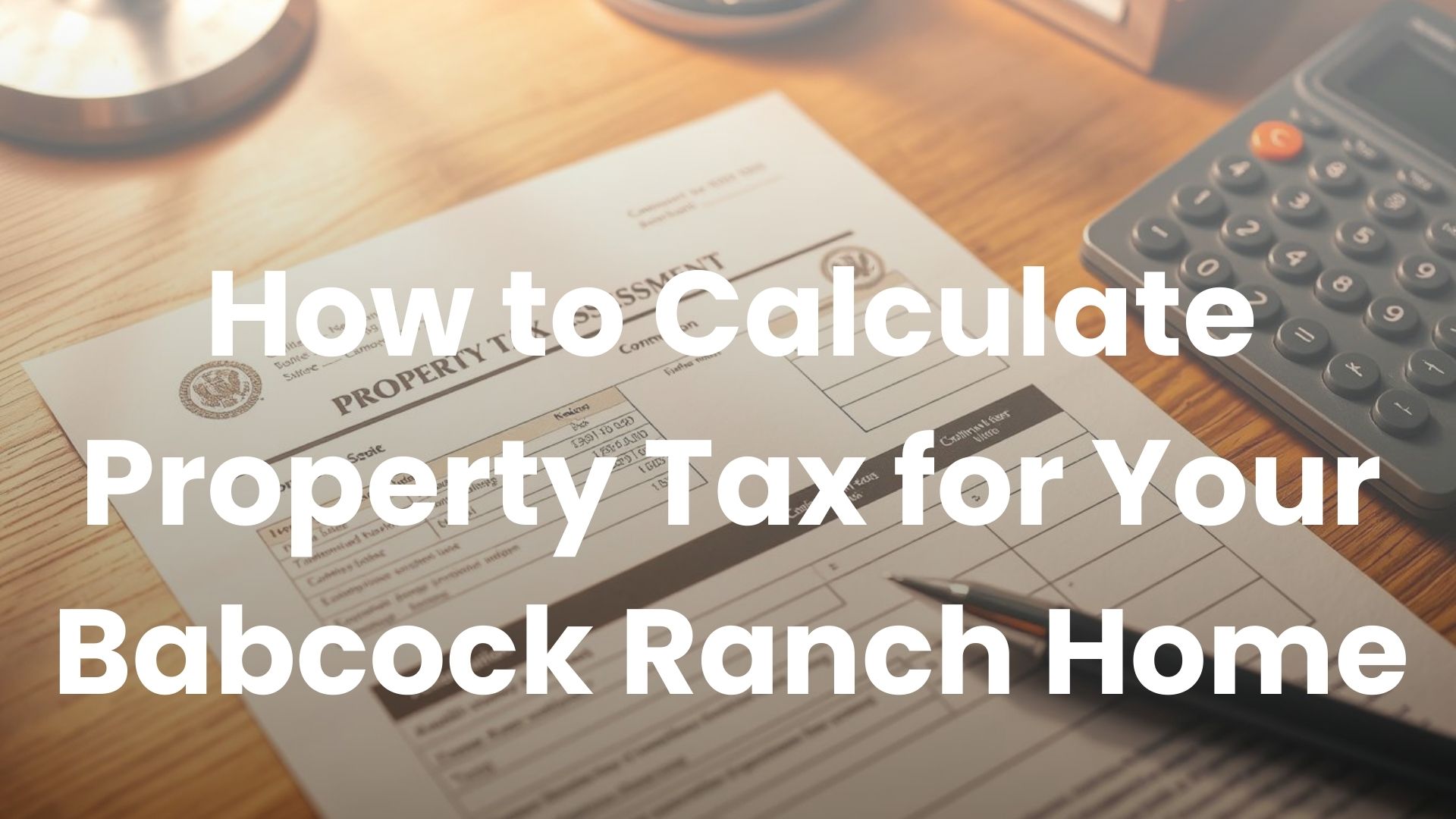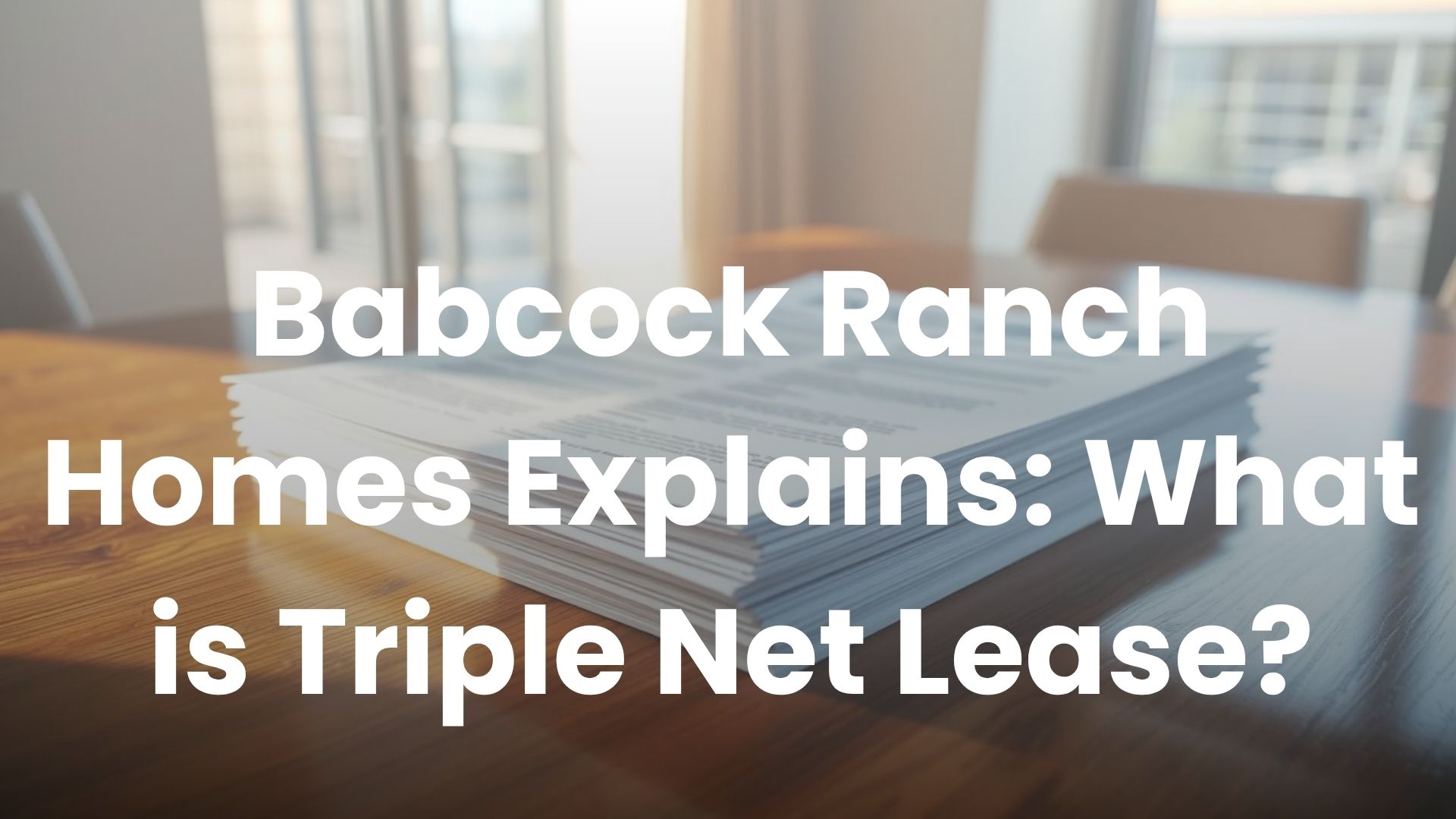Understanding the mortgage note is key to navigating real estate financing. It’s a legal document that outlines the agreement between a borrower and lender. Experts at Babcock Ranch Homes see it as the heart of home loan documents.
The mortgage note is a promise to repay the loan. It details the financial terms that protect both sides. It includes the loan amount, interest rates, and payment schedules.
A mortgage note is more than a simple loan agreement. It outlines the lending process in detail. It covers down payments, prepayment penalties, and what happens if payments are missed.
Key Takeaways
- Mortgage notes are legal documents outlining loan repayment terms
- The document specifies loan amount, interest rates, and payment schedules
- Protects both borrower and lender’s financial interests
- Required for all real estate transactions involving financing
- Serves as a binding financial contract
Understanding Mortgage Notes: The Basics
A mortgage note is a key legal document in real estate deals. It outlines the financial agreement between the borrower and lender. This document clearly states the terms of the home loan, acting as a promise to repay the borrowed money.
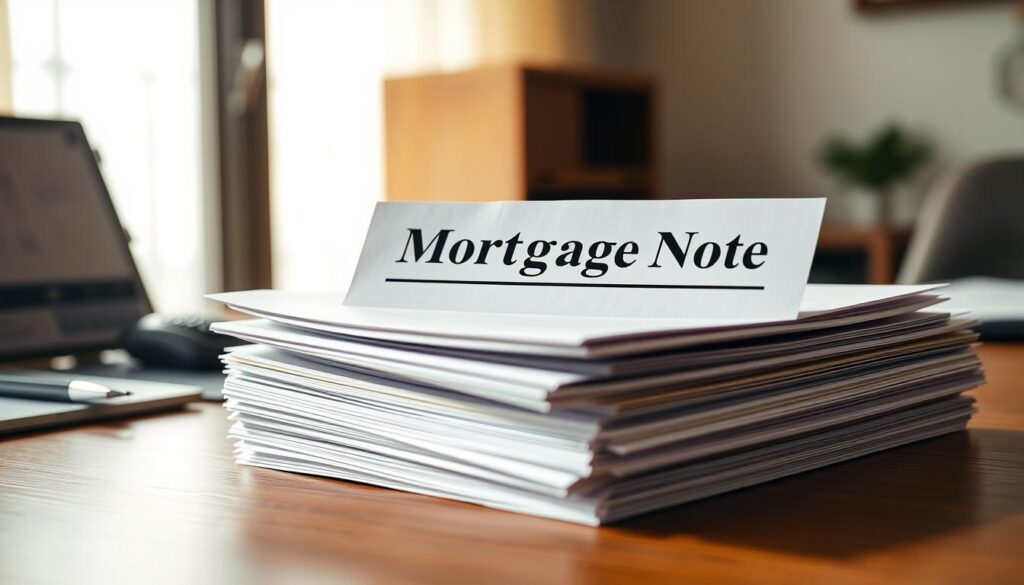
The mortgage note is a detailed legal document that lists important loan details. So, what is a mortgage note? It’s a written agreement that shows a borrower’s promise to repay a certain amount of money under specific conditions.
Legal Definition and Purpose
A mortgage note is a promissory note secured by real property. It legally obliges the borrower to repay the loan according to certain terms. These terms include:
- Total loan amount
- Interest rate
- Payment schedule
- Consequences of default
Key Components of a Mortgage Note
The mortgage note has important parts that protect both the lender and borrower. These elements give a clear outline of the financial deal:
| Component | Description |
|---|---|
| Principal Amount | Total borrowed funds |
| Interest Rate | Percentage charged on borrowed money |
| Payment Terms | How and when to repay |
| Default Conditions | What happens if payments are missed |
Difference Between Mortgage and Mortgage Note
Many people confuse a mortgage with a mortgage note. The mortgage note is the promise to repay. The mortgage document, on the other hand, uses the property as collateral for the loan. Knowing this difference is key for those buying homes.
What Is A Mortgage Note
A mortgage note is a key legal document in a home loan agreement. It’s a contract between the borrower and the lender when you buy a property. Knowing about mortgage notes helps you understand real estate financing better.
The mortgage note has important financial details about your home loan. Here are the main parts you’ll find in a mortgage note example:
- Loan amount
- Interest rate
- Monthly payment schedule
- Late payment penalties
- Prepayment conditions
A mortgage note has two main parts: the promissory note and the mortgage. The promissory note is your promise to pay back the loan. The mortgage gives the lender rights, like the power to foreclose if payments are missed.
Mortgage notes are important for documenting the agreement between the borrower and the lender. The U.S. Department of Housing and Urban Development (HUD) offers standard templates to help borrowers understand these documents.
A mortgage note is more than just paperwork—it’s a legally binding commitment that protects both the borrower and the lender.
Borrowers get a copy of their mortgage note at closing. The lender and local county office also keep copies. This document stays valid until the loan is fully paid off, ensuring clear and structured financing.
Essential Elements of a Mortgage Note
A mortgage note is a key financial document that outlines a home loan’s terms. Knowing its parts helps borrowers understand real estate financing better.
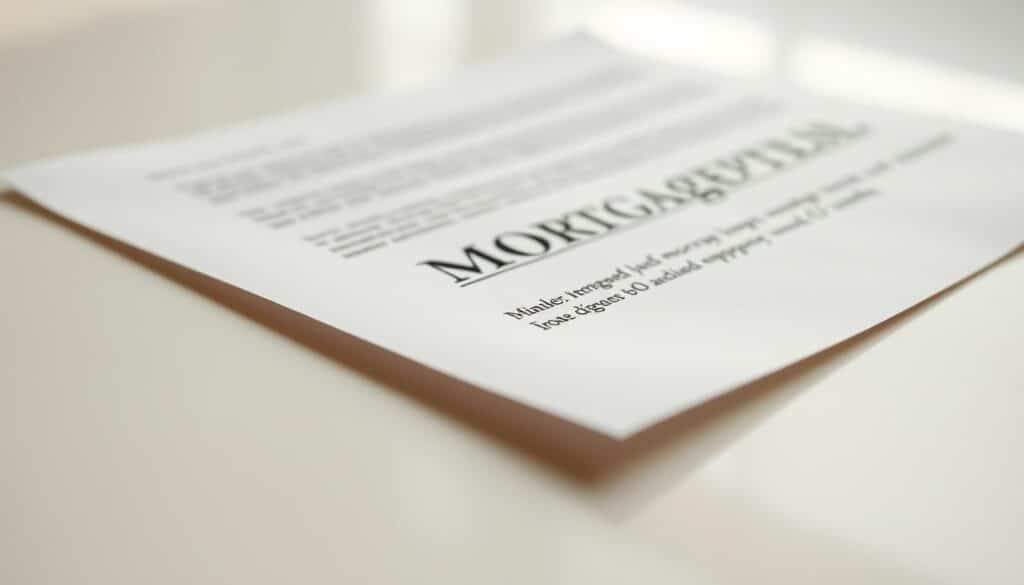
The mortgage note example shows important elements to look at before signing. These details set out the financial duties and expectations for both the lender and borrower.
Principal Amount and Down Payment Details
The principal amount is the total borrowed for a property. Mortgage notes usually have:
- Total loan amount
- Down payment percentage
- Initial cash needed
“A well-documented mortgage note protects both the lender and borrower by establishing clear financial expectations.” – Real Estate Finance Expert
Interest Rate Specifications
Interest rates are key to understanding your mortgage note. They come in two main types:
- Fixed-rate mortgages: The same interest rate for the loan’s term
- Adjustable-rate mortgages: Rates that can change over time
Payment Terms and Schedules
Payment plans vary by loan type and borrower needs. A typical mortgage note example might include:
| Payment Frequency | Common Options |
|---|---|
| Monthly Payments | Standard 30-year fixed mortgage |
| Bi-weekly Payments | Accelerated loan repayment |
| Quarterly Payments | Less common, specialized loans |
Knowing these elements helps borrowers make smart choices when looking at mortgage options. Each part is vital in figuring out the financial commitment of owning a home.
Types of Mortgage Notes
It’s key for homebuyers and investors to know about mortgage notes. Each type has special features for different financial needs.
The main types of mortgage notes are:
- Fixed-Rate Mortgage Notes: Keep the same interest rate for the whole loan term
- Adjustable-Rate Mortgage Notes: Have rates that can change over time
- Interest-Only Mortgage Notes: Let you pay only interest for a while
- Balloon Mortgage Notes: Need a big payment at the loan’s end
Government-backed mortgage notes have special options for certain groups:
- FHA loans: Let you buy homes with just 3.5% down
- VA loans: Offer zero down for veterans and active military
- USDA loans: Provide zero down for rural homes
- Physician mortgage notes: Have special terms for doctors
Choosing a mortgage note depends on several things:
- Your current money situation
- Your future financial goals
- Your credit score
- How much you can put down
- How steady your income is
Investors and buyers need to pick the best mortgage note for them. The right one can help with money management and planning for the future.
The Role of Mortgage Notes in Real Estate Transactions
Mortgage notes are key legal documents in property financing. They outline the financial deal between borrowers and lenders. This framework is essential for real estate deals.
To grasp mortgage note holder rights, you must understand the legal and financial sides of lending. These documents are more than just papers. They are a legal agreement that safeguards both sides.
Legal Implications of Mortgage Notes
Mortgage notes are very important legally. They set out the financial rules and offer legal help if payments are missed. Key legal points include:
- Defining the exact loan terms
- Establishing property as loan collateral
- Outlining possible actions if payments are missed
- Protecting the lender’s financial interests
Rights and Responsibilities
Mortgage note holder rights cover important protections and duties. Lenders have legal ways to make sure payments are made. Borrowers have rights too, like getting loan details.
| Lender Rights | Borrower Rights |
|---|---|
| Start foreclosure actions | Ask for loan documents |
| Apply late fees | Challenge wrong charges |
| Transfer or sell the mortgage note | Refinance under certain terms |
Documentation Requirements
Good documentation is vital in mortgage note deals. Keeping accurate records helps both sides and ensures clear financial dealings. You need the original mortgage note, payment records, and proof of loan terms.
Borrowers should keep all mortgage papers safe. Knowing their rights helps them deal with any issues that come up.
Understanding the Mortgage Note Holder Rights
Mortgage note holder rights are key in real estate financing. They affect both lenders and borrowers. The mortgage note holder is in charge of collecting payments and managing the loan’s terms.
Some important rights of mortgage note holders include:
- The right to receive regular mortgage payments
- Authority to initiate foreclosure proceedings for payment defaults
- Ability to sell or transfer the mortgage note to another financial institution
- Legal power to enforce loan terms and conditions
If a borrower can’t pay, the mortgage note holder has legal ways to protect their investment. Foreclosure is a possible action if payments are not made on time. The mortgage note is a legal document that outlines the loan’s details, like interest rates and payment schedules.
Mortgage note holders can use different methods to enforce their rights:
- Issuing formal payment reminders
- Negotiating alternative payment arrangements
- Pursuing legal action for loan recovery
- Selling the note to specialized mortgage investment firms
Knowing about mortgage note holder rights is important. It helps borrowers understand the need to make payments on time. It also shows the importance of talking to lenders when facing financial issues.
Mortgage Note Documentation Process
Understanding the mortgage note process can seem tough. But knowing the main steps makes it easier. A mortgage note example shows the detailed steps to get a home loan, from the start to the end.
The journey to document a mortgage involves important parts. These parts protect both lenders and borrowers. Each step makes sure everything is clear and follows the law in real estate deals.
Required Forms and Paperwork
To start with a mortgage note, you need to gather important documents. You’ll need:
- Personal identification documents
- Proof of income
- Tax returns for the past two years
- Bank statements
- Employment verification
Verification Steps
Lenders check everything to make sure you can pay back the loan. A mortgage note example shows how they do this:
- Credit score assessment
- Income verification
- Property appraisal
- Debt-to-income ratio analysis
Signing Procedures
The closing process usually takes a few hours. It involves signing many documents. You’ll get a copy of your mortgage note, which means you agree to the loan terms. It’s very important to read each document carefully before signing.
The mortgage note becomes legally binding once signed by all parties, outlining the exact loan conditions and repayment expectations.
Knowing the mortgage note process helps borrowers feel more confident. It makes understanding home financing clearer.
The Due on Sale Clause Explained
A mortgage note due on sale clause is a key part of most mortgage deals. It lets lenders ask for the full loan back when a property is sold. This rule helps keep lenders safe from risks when properties change hands.
To understand this clause, you need to know its main points:
- It stops new owners from automatically taking over the mortgage.
- Lenders can ask for the whole loan to be paid back when a property is sold.
- It helps lenders avoid getting stuck with loans that have lower interest rates.
The Garn-St. Germain Depository Institutions Act of 1982 made this rule the same everywhere in the U.S. But, there are some cases where lenders can’t use this clause:
- During a divorce or legal split.
- When property is inherited by family members.
- When property is moved to a living trust.
- When a joint tenancy ends because of someone’s death.
Nearly all mortgage loans from big lenders have this clause. Lenders look at each situation carefully. They consider the market and risks before asking for the loan to be paid back right away.
This clause might seem strict, but it’s really important. It helps keep the lending world stable and protects lenders from sudden changes in the market.
Mortgage Note Investment Opportunities
Mortgage note investing is a special way for investors to look at real estate differently. It lets people buy the debt tied to real estate, making money without owning the property itself.

- Purchasing performing notes with steady payments
- Getting non-performing notes at big discounts
- Investing through special mortgage note funds
- Using online places for note deals
Investment Benefits
Mortgage note investing has many benefits for smart investors. It offers a chance for passive income, known as “mailbox money.” This appeals to those wanting steady returns. Notes can be bought at 50% to 90% off their face value, leading to big profits.
Risk Considerations
But, mortgage note investing also comes with risks. These include borrowers not paying, market changes, and the challenge of handling many notes. To succeed, investors must do their homework and know each note’s details.
Platforms like Paperstac and Note Trader make it easy to start in mortgage note investing. They offer a range of notes, helping investors tailor their strategies to fit their financial plans.
Selling and Purchasing Mortgage Notes

Selling and buying mortgage notes is a smart move for investors and note holders. It helps them get cash or find new investment chances. The secondary mortgage market is full of opportunities to turn mortgage assets into cash or strategic investments.
When selling mortgage notes, investors need to know what affects their value:
- Borrower’s credit score
- Remaining loan balance
- Interest rate
- Payment history
- Loan term
Buying mortgage notes needs careful checking. Investors look at several important things:
- Loan-to-Value (LTV) ratio
- Borrower’s financial stability
- Property location
- Current market interest rates
The selling process usually takes 15 to 30 days. Sellers aiming to get the best price should have at least 6-12 consistent payments. Buyers rarely pay full price because of the costs of evaluating the note.
Smart investors know that mortgage notes can earn 8% to 12% a year. This is more than what traditional investments offer.
When selling mortgage notes, investors should have all the necessary documents ready. This includes payment history, property appraisals, and borrower credit info. The secondary market lets sellers sell all or part of their notes. This way, they can get cash fast while keeping some ownership.
| Note Sale Type | Characteristics | Typical Returns |
|---|---|---|
| Full Sale | Complete transfer of note | 8-10% |
| Partial Sale | Retains partial ownership | 6-8% |
| Distressed Notes | Higher risk investment | 10-12% |
To succeed in selling and buying mortgage notes, one needs to keep learning about the market. It’s important to understand the rules and have realistic expectations about returns and risks.
Mortgage Note Securitization Process
Mortgage note securitization is a complex financial strategy. It turns individual home loans into investment instruments. This way, financial institutions can turn mortgage assets into securities for secondary markets.
- Pooling individual mortgage notes from multiple borrowers
- Repackaging these notes into marketable securities
- Creating investment opportunities for financial markets
Market Overview
Mortgage-backed securities (MBS) are key in modern finance. They let lenders free up capital. This means they can give out more loans without keeping a lot of assets.
| Securitization Type | Primary Characteristics | Risk Level |
|---|---|---|
| Pass-Through MBS | Direct cash flow transfer | Low to Moderate |
| Collateralized Mortgage Obligations | Structured tranches | Varied |
| Agency-Backed Securities | Government sponsorship | Low |
Secondary Market Operations
Secondary market operations are vital in mortgage note securitization. Government-backed entities like Fannie Mae and Freddie Mac help. They make the real estate financing system more liquid and stable.
Securitization transforms individual mortgage notes into sophisticated financial instruments, enabling broader investment opportunities.
Investors can get into mortgage note securitization through different financial products. Each product has its own risk and return levels. Knowing these helps investors make smart choices in real estate finance.
Default and Foreclosure Implications
Understanding mortgage defaults is key for both borrowers and lenders. When a homeowner misses payments, a legal process starts. This can greatly affect their financial health.
Mortgage note holder rights are very important when defaults happen. Lenders usually wait until two payments are missed before starting foreclosure. This gives homeowners time to fix their financial issues.
- Foreclosure legally transfers property rights from the borrower to the lender
- The national average foreclosure process takes approximately 762 days
- Credit reports reflect foreclosure within 1-2 months and remain for seven years
Homeowners facing default have options other than foreclosure:
- Loan Modification: Changing loan terms for financial hardship
- Forbearance: Temporarily stopping or lowering payments
- Short Sale: Selling the property for less than the mortgage balance
- Repayment Agreements: Making a plan to pay missed payments
The foreclosure process varies by state. Some states need a court to foreclose, while others don’t. This affects how long and complex the process can be.
Knowing about mortgage note holder rights is vital for lenders and borrowers. Talking early and looking at other options can lessen the financial damage of default.
Working with Babcock Ranch Homes for Your Mortgage Needs
Understanding mortgage notes can be tough. Babcock Ranch Homes is here to help. We guide you through the process, making it clear and simple. We help you understand mortgage notes and how they lead to owning a home.
We know mortgage notes well, thanks to our community’s unique design. It’s America’s first solar-powered community. We apply the same care and innovation to mortgage services and support for our clients.
Local Expert Services
Babcock Ranch Homes offers special services to help you with mortgage notes:
- Comprehensive mortgage note consultation
- Detailed explanation of mortgage note components
- Personalized guidance through document verification
- Strategic financial planning for home purchases
Contact Information and Support
Our team is here to answer your mortgage note questions and help with your home buying journey:
| Contact Method | Details |
|---|---|
| Phone | 518-569-7173 |
| mortgageservices@babcockranchhomes.com | |
| Office Hours | Monday-Friday, 9 AM – 5 PM EST |
Unlock your dream home with expert mortgage note guidance from Babcock Ranch Homes – where innovation meets homeownership.
Conclusion
Knowing what a mortgage note is is key for anyone in the real estate world. These documents are more than just papers; they are the financial heart of owning property. They outline loan terms and legal duties, protecting both sides in the home buying process.
Dealing with mortgage notes involves looking at many details. Loan times can be 15 to 30 years, with interest rates and what happens if payments stop clearly stated. It’s important for homebuyers to see these notes as legally binding contracts, covering all financial parts of the deal.
Investors and buyers need to watch out for risks with mortgage notes. Things like interest rate changes, missed payments, and the chance of losing the home are big concerns. Getting help from experts can make sure you understand mortgage notes well before you invest big.
For top advice and help with mortgage notes, local real estate pros like Babcock Ranch Homes are great resources. By staying informed and getting expert help, you can handle the complex world of home loans and property ownership with confidence.


